Let’s chat about stomach and pH levels today.
You might think this is way too much detail, but it’s actually not. I received this message a little while back,
Is the level of stomach acid the same as the pH levels? I thought I read you could also have enough stomach acid but it’s at the wrong pH levels?
Since receiving the question, I have done a ton of research. To be honest, I am not sure I have a conclusive answer, but during the research phase, I extracted information that will help you understand all of this better.
Perhaps my conclusion based on all information (and my own, personal trial) is accurate.
Stomach and pH Levels
Click HERE to save this post for later.
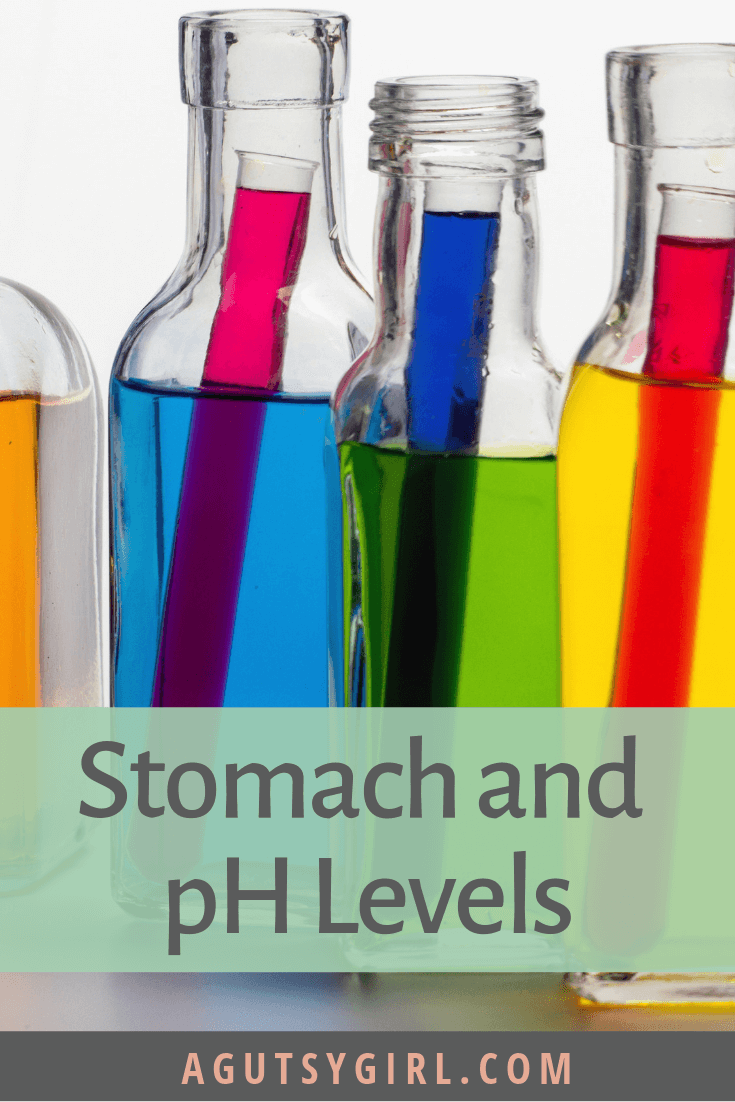
I started the research by breaking it down into three areas (which needed to be done in order to understand all of this better):
- Stomach acid
- Food pH levels
- Body pH levels
Stomach Acid
Stomach acid is critical for disinfecting and killing off bad microbes and for optimizing protein digestion in the body. When the body is unable to produce enough stomach acid, inadequate digestion and microbial overgrowth occurs. (source)
I have discussed stomach acid in length via a recent post, What is Achlorhydria?
Start there if you’ve never dug into that information. (I’m still going to produce a post around hyperchlorhydria, too.)
Food pH Levels
pH is short for hydrogen icon concentration (or the “potential of hydrogen”), which is a measure of the acidity or alkalinity of our body’s fluids and tissues. It is measured on a pH scale ranging from 0 to 14.
Food pH levels and body pH levels are oftentimes shown on the same 0-14 graphic. Like this one from vectorstock.com:
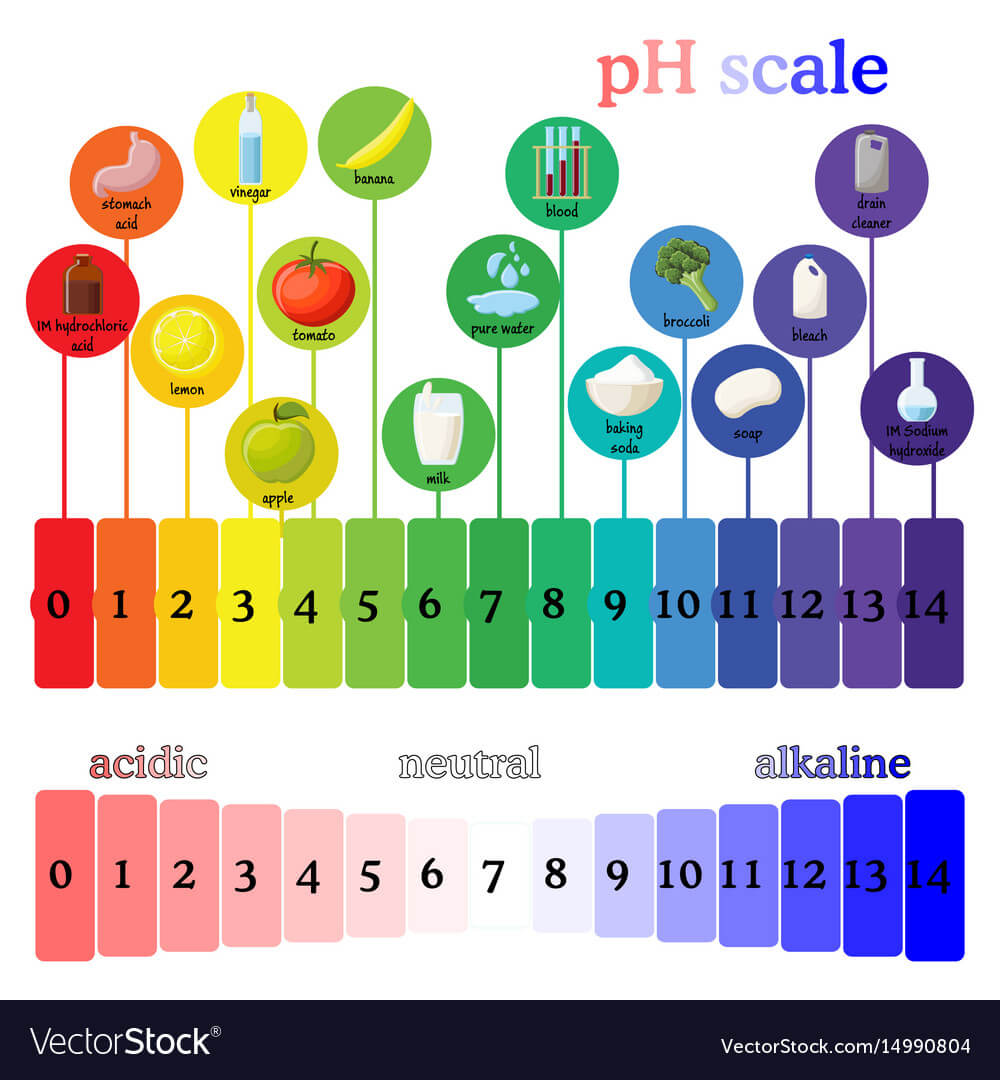
Each food has its own pH level, and a quick search will give you comprehensive lists of food pH.
This one from the Alkaline Sister is a great start. p.s. Her book looks super interesting.

Body pH Levels
Similar to food, our body has a pH level.
It has an overall pH; it also has a pH for selected fluids, organs, and membranes. I think of this like when I was a gymnast. You could place for individual events (floors, bars, beam, and vault) and then for the all-around competition; they didn’t necessarily correlate (i.e. 1st on floor, bars, and beam and 3rd on vault, but then 2nd in overall – something like that).
The same is true with the body. The level in our blood and tissues should be constantly around 7.36, neutral, but the level in our GI tract varies from 1 to 8 (some even say as low as a 0), which is made evident by this table:
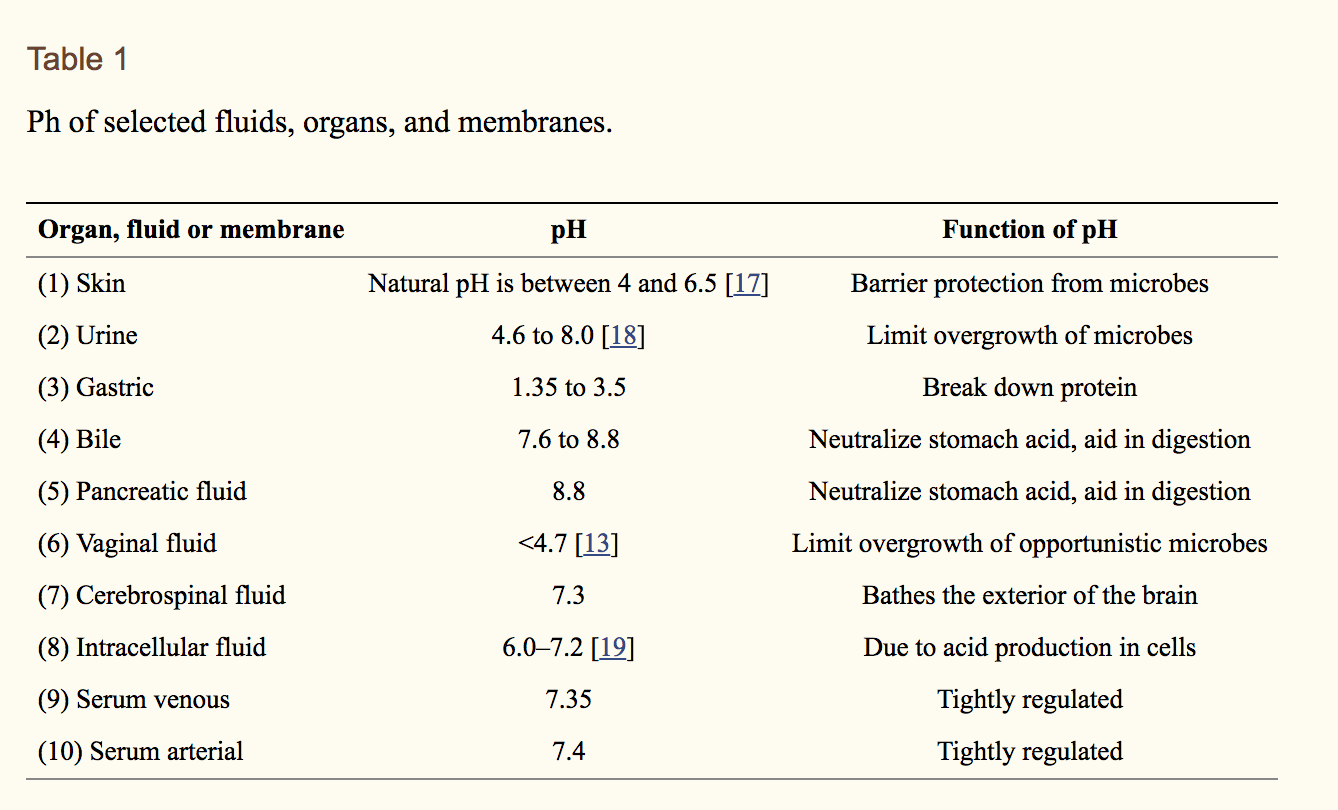
We want the overall pH of the body to be as close to neutral as possible, but we don’t want that for the stomach.
The pH of the stomach is highly acidic, around 1.5 (1.0 to 2.5) due to the hydrochloric acid that helps to kill harmful micro-organisms, denature protein for digestion, and help create favourable conditions for the enzymes in the stomach juices, such as pepsinogen. Not to mention sending messages along the GI tract that everything is working well in the stomach. If the pH is too high, say 3 or 4 (low acidity and more alkaline), then the system does not work and you end up with poor gut health, digestive and health complications. For example, premature infants have less acidic stomachs (pH more than 4) and as a result are susceptible to increased gut infections. (source)
If you want more great information on Proper pH Balance, check THIS out.
Conclusion
So back to the initial question at hand, “Is the level of stomach acid the same as the pH levels? I thought I read you could also have enough stomach acid but it’s at the wrong pH levels?”
During the depths of my problems with hypochlorhydria (possibly even achlorhydria), I grabbed some pH strips and did the old standard test.
The results? Very normal – neutral. Perfect. There was nothing wrong with my stomach acid, right? Wrong.
Based on the pH strips, one could conclude that the stomach acid was at a 1; elsewhere at a 13, and thus all is well and good averaging around neutral state (pH 7).
Doesn’t work that way. I worked very hard (and probably will have to forever) on increasing my stomach acid levels because I needed far more stomach acid than what I was producing (though the pH test told me I was probably good to go).
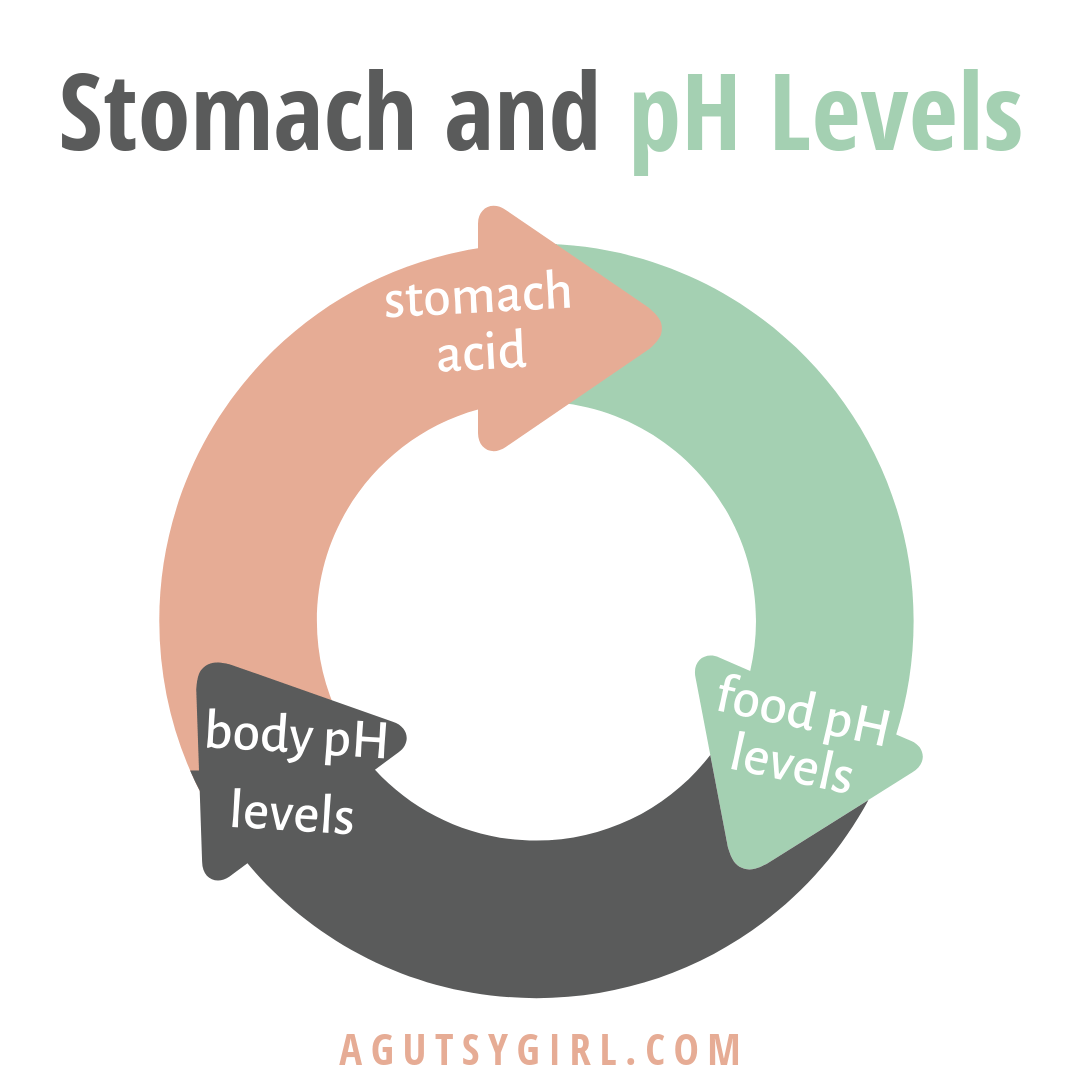
Now that my SIBO has been in remission for a very long time, I have zero stomach problems, and I’m down to just 2-3 HCL per high-protein meal, I know my stomach acid is far higher than before.
…..and yet my pH strip test is almost the exact same.
I think answering the question, “I thought I read you could also have enough stomach acid but it’s at the wrong pH levels,” with 100% accuracy would mean a 2-step process:
- Do you have enough stomach acid?
- Extracting samples directly from the stomach and testing that pH level.
I didn’t find that process in my research, but that’s not to say it’s not out there.
Link me to research of it being done (or if you’ve had it done yourself) if you know of its existence. With advanced diseases and problems, I’d imagine it does exist. Step 2 just seems too challenging and invasive for generalized IBS and/or SIBO.
Hope this has been helpful and useful. Now get that body (eh, stomach) acid in check. Super critical.
If you liked this post, you might also enjoy:
Xox,
SKH
🤰 bloating be gone! weight loss through optimal gut health for women
💃ʜᴇᴀʟ ʏᴏᴜʀ ɢᴜᴛ. ʜᴇᴀʟ ʏᴏᴜʀ ʟɪfe.
🫶🏻 founder gutbyome.com





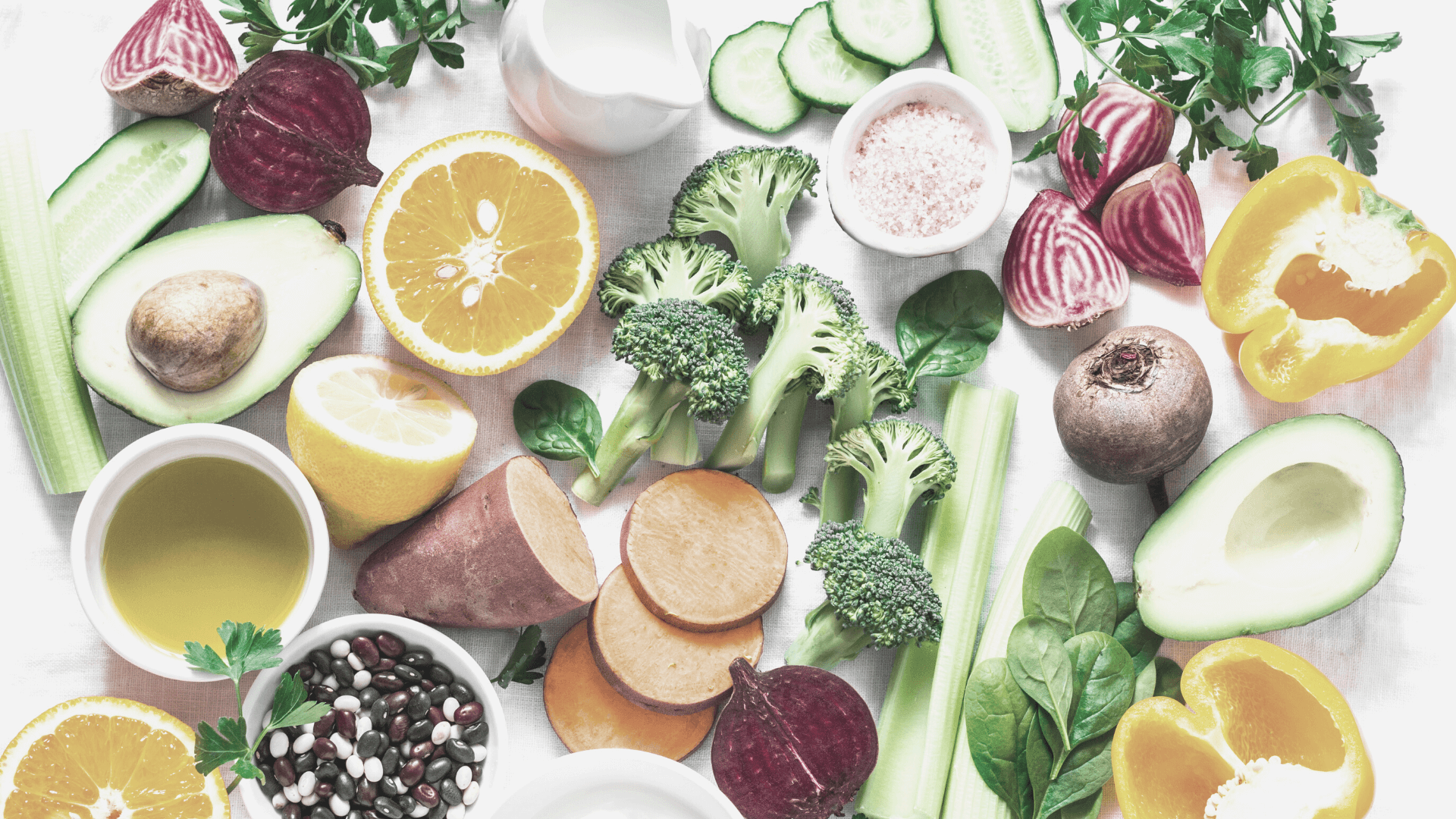

One Comment